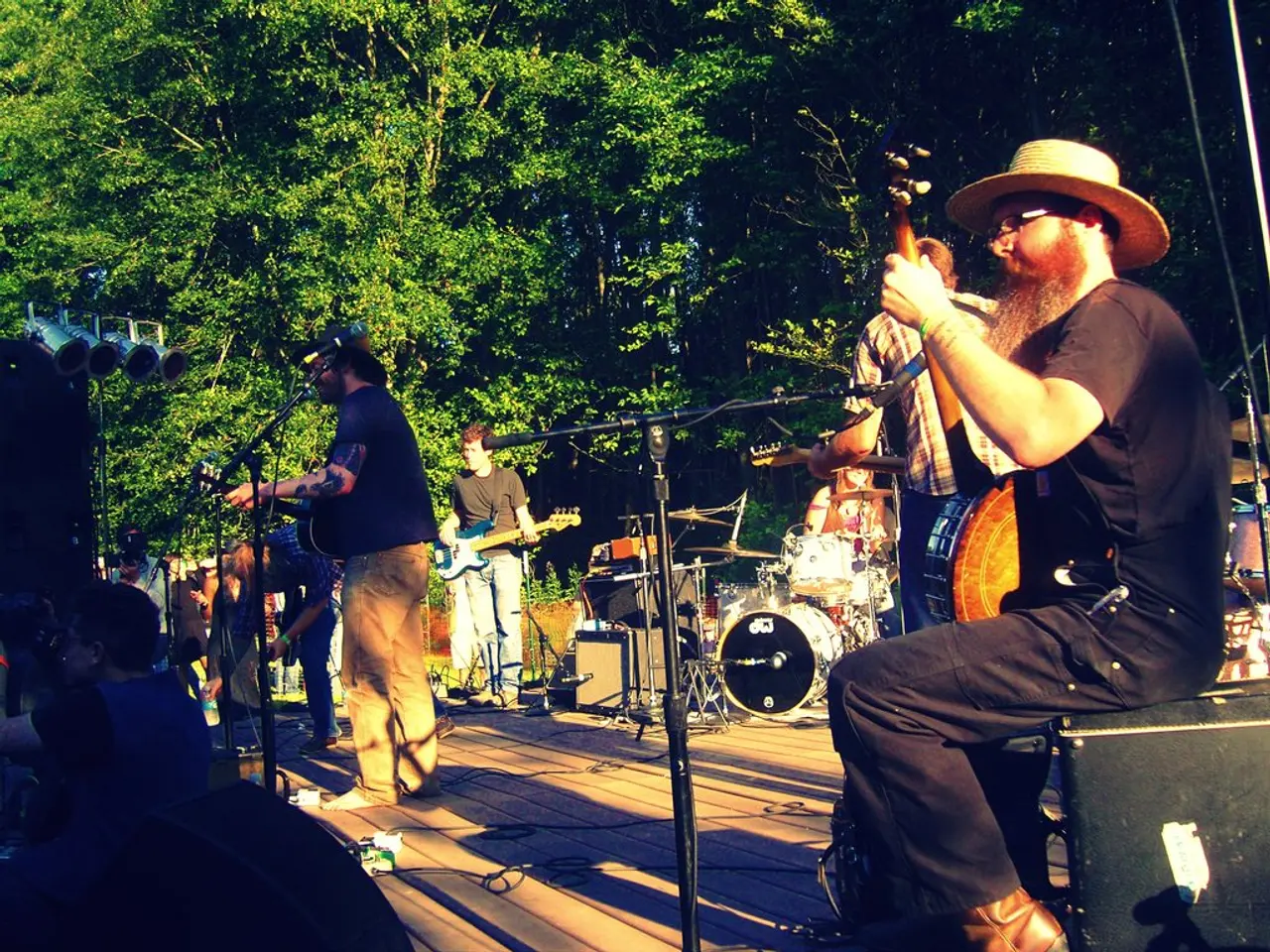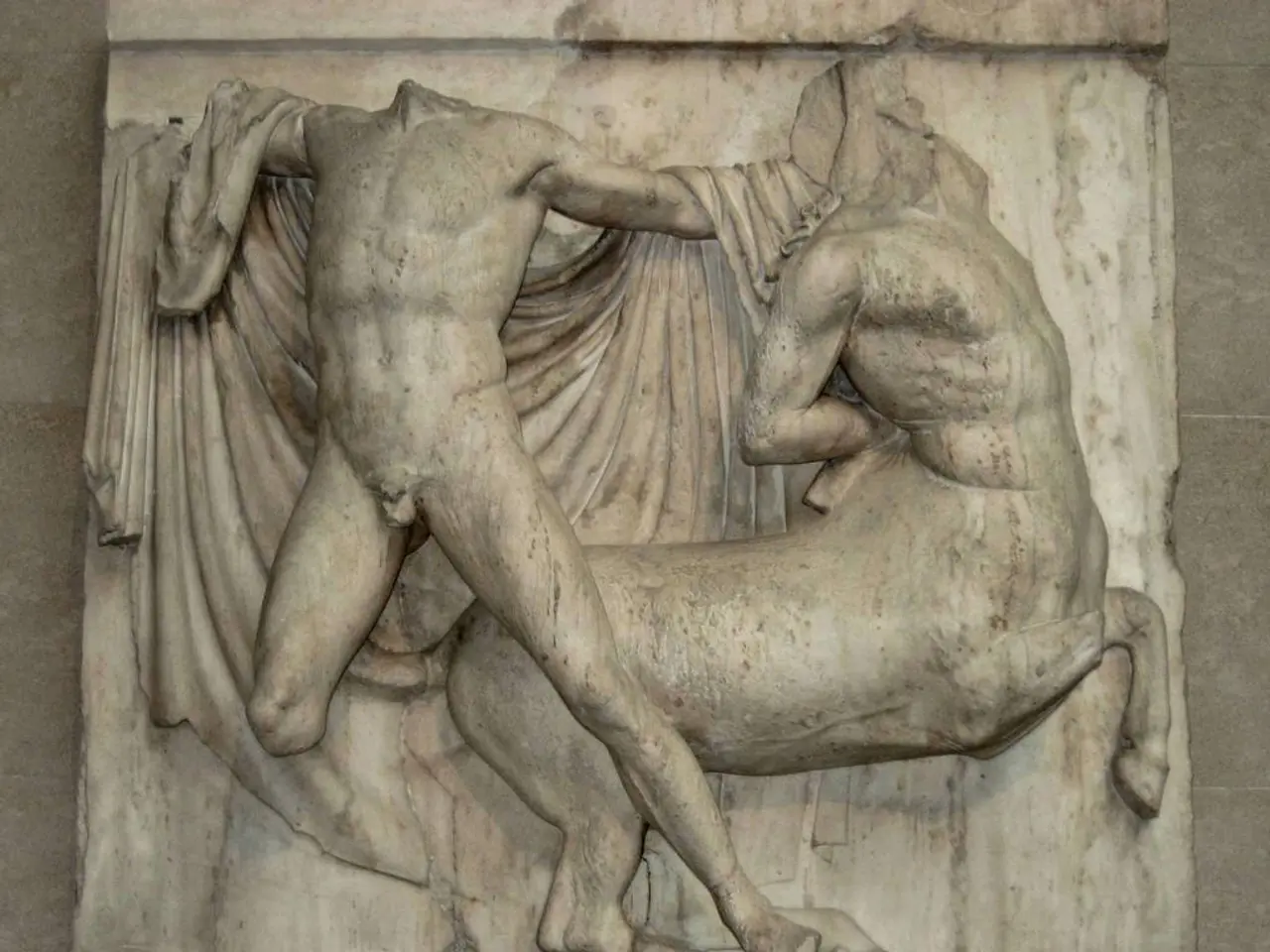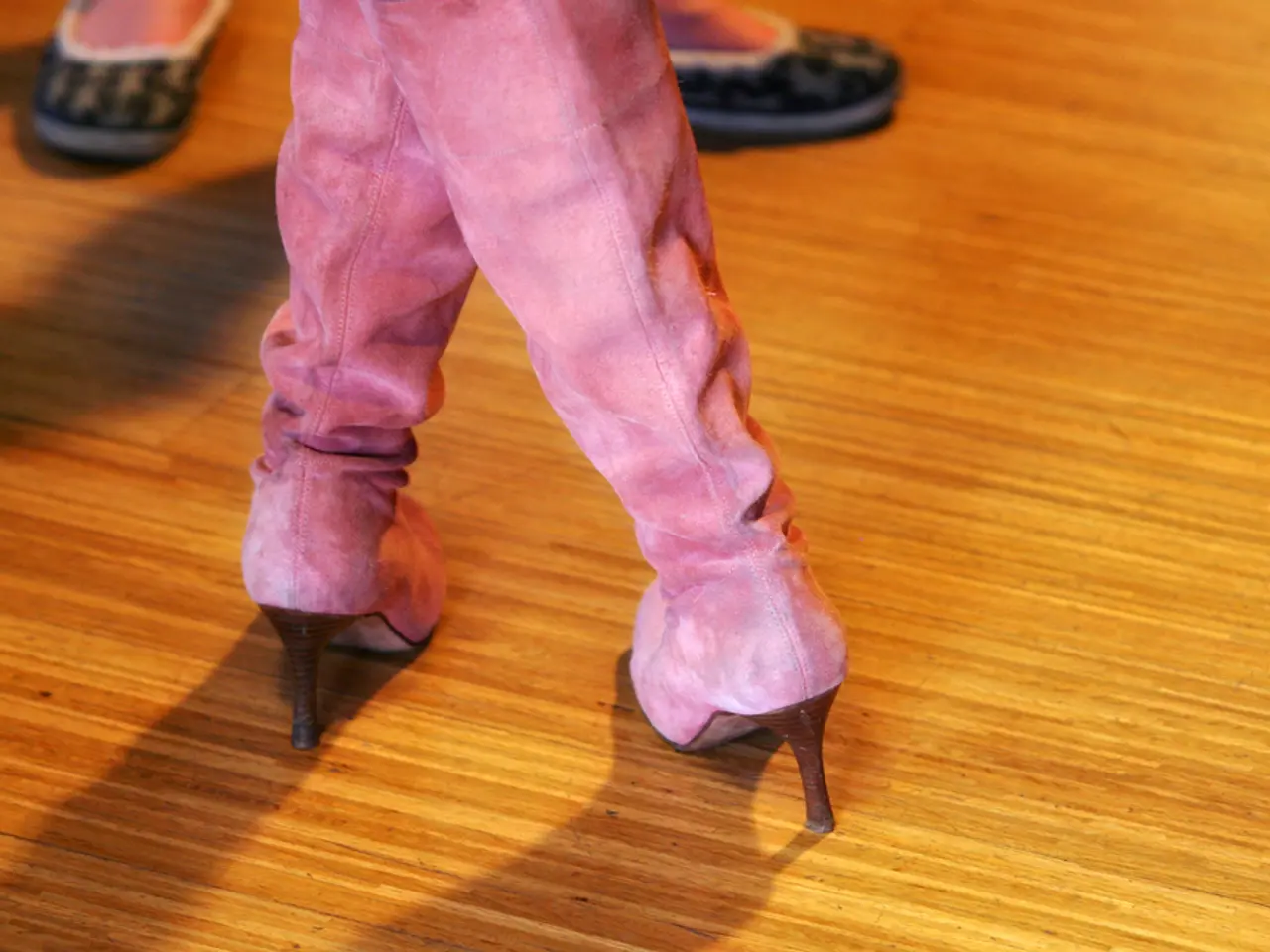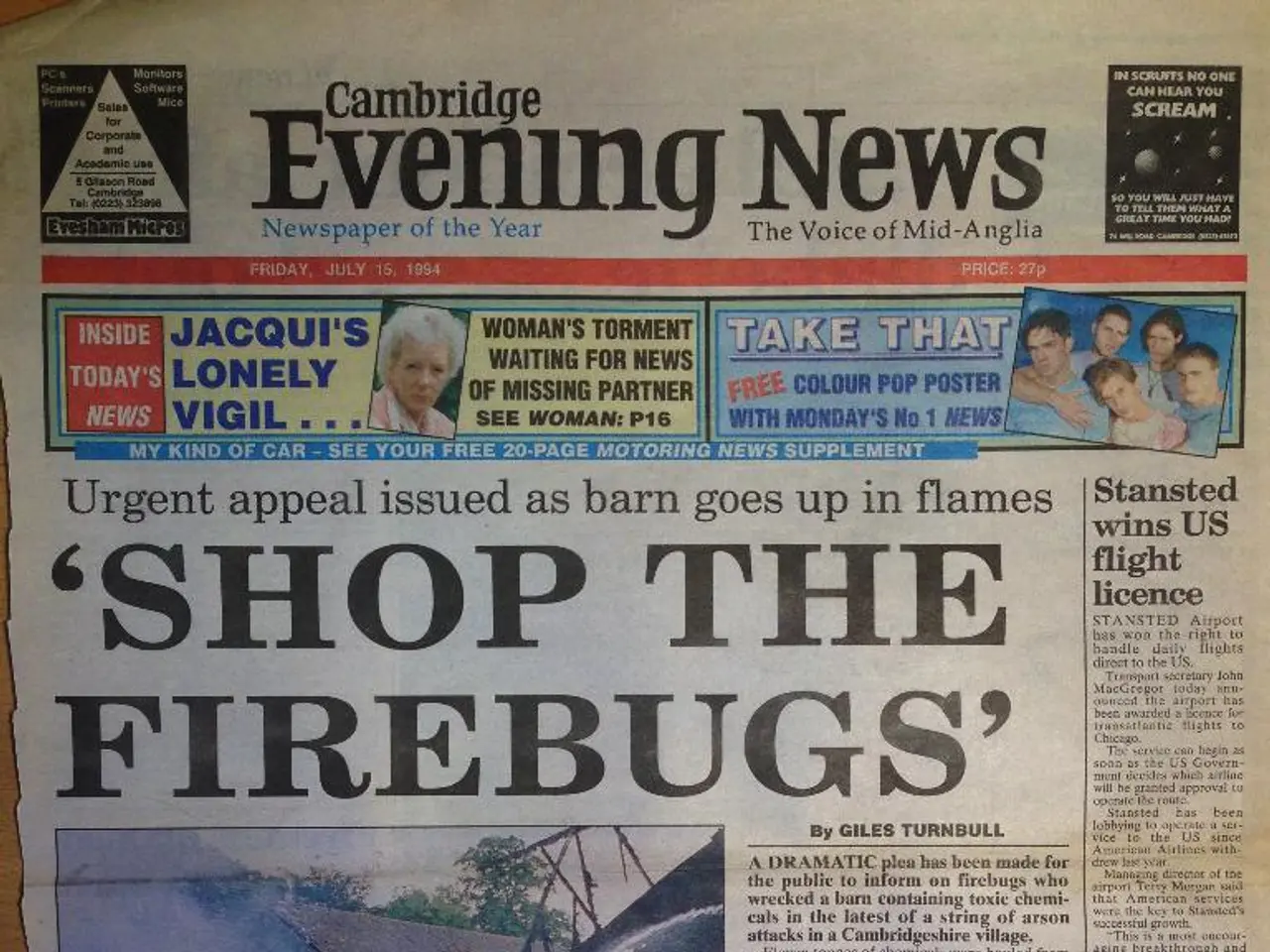Five Diverse Clave Structures: Exploring the Use of Clave in Afro-Cuban Tunes and Beyond Borders
Exploring the Clave Rhythm: A Key Element in Modern Music Production
The clave rhythm, a fundamental pattern in Afro-Cuban and Latin American music, plays a significant role in building tension, creating irresistible grooves, and adding rhythmic contrast in music production. This rhythmic foundation can be found in various genres such as salsa, son, rumba, and beyond [1].
The clave is typically played on a specific percussion instrument called the clave, consisting of two round dowels of wood that create a high-pitched clicking sound [2]. In Latin music, the clave rhythm is usually presented in two main variations: the "two-three" clave and the "three-two" clave [3].
The "two-three" clave starts with two stressed beats in the first measure and three in the second, while "three-two" is the reverse. These patterns form the rhythmic foundation for many Afro-Cuban and Latin styles [3]. In some cases, the rhythm is vocalized as a sharp, repeating sound, such as "tick-tick-tick... pause... tick-tick" or a phrase like "cun cun pa" from the percussion instruments in salsa [1].
In modern music genres, elements of the clave rhythm are employed to add rhythmic interest and a Latin flavor. For instance, in pop music, producers might use sampled percussion or programmed claves to subtly enliven the beat [4]. In hip-hop, percussive clave patterns can serve as rhythmic motifs, contributing to groove and danceability, especially as Latin influence on hip-hop grows [4].
The clave rhythm also finds its way into EDM and house music, where producers often incorporate clave-inspired patterns in percussion layers, blending traditional Latin rhythms with electronic textures [4]. This combination adds syncopation and complexity, grounding repetitive beats with a distinct Latin pulse useful for dancefloor energy [4].
Trap music, despite its slower tempi and heavy bass, incorporates clave or tumbao rhythms in hi-hats or other percussion for added rhythmic complexity and cross-genre appeal [4]. These modern adaptations often combine traditional clave patterns with electronic sound design, keeping the rhythmic essence while innovating in texture and production [3][5].
In summary, the two main variations of the clave rhythm—two-three and three-two—serve as rhythmic backbones in Latin music and have been creatively adapted in modern genres like pop, hip-hop, EDM, house, and trap to bring a Latin-inspired groove and syncopation that enhance the danceability and feel of the music [1][3][5].
For those interested in learning more about the music theory behind the clave, its variations, and how modern producers use claves to add addictive rhythms to their music, there are free resources available, such as a Clave MIDI Pack. Additionally, the article offers a newsletter that delivers new ideas, theory lessons, and music production tutorials every week [2].
[1] Clave Rhythm in Latin Music [2] Understanding Claves [3] The Clave Rhythm in Latin Music [4] Using the Clave Rhythm in Modern Music Production [5] The Influence of the Clave Rhythm on Modern Music
The exploration of the clave rhythm, a key element in music production, extends to modern music distribution, where producers artfully employ its irresistible grooves to add a Latin flavor to various genres, such as pop and trap. Subtly infused clave patterns create rhythmic interest, blurring the boundaries between traditional music and contemporary entertainment.
The music industry continues to capitalize on the versatility of the clave rhythm, with musicians and producers alike utilizing it to create addictive rhythms that drive listeners onto dancefloors, demonstrating the enduring influence of Latin music production in the entertainment realm.








